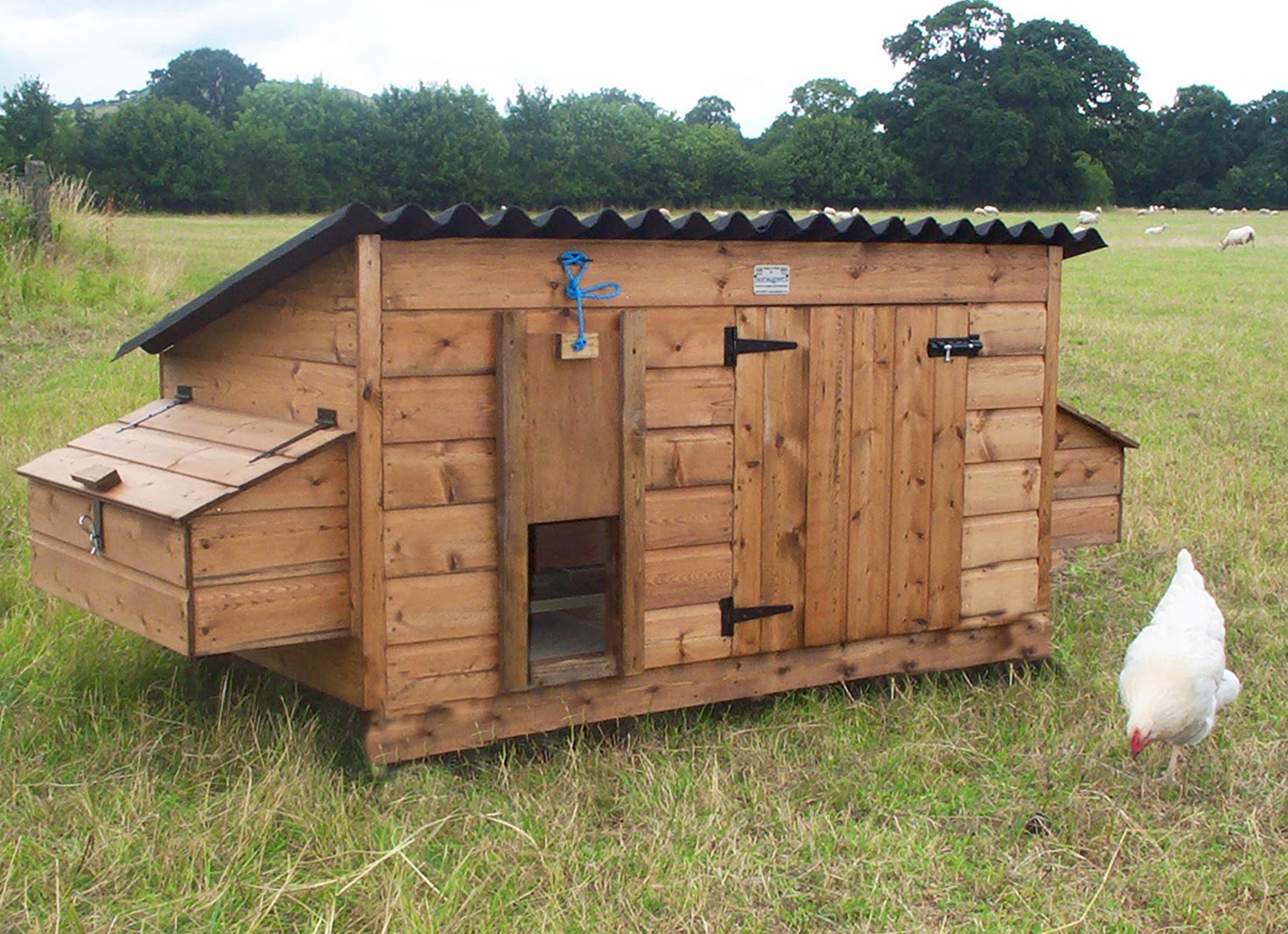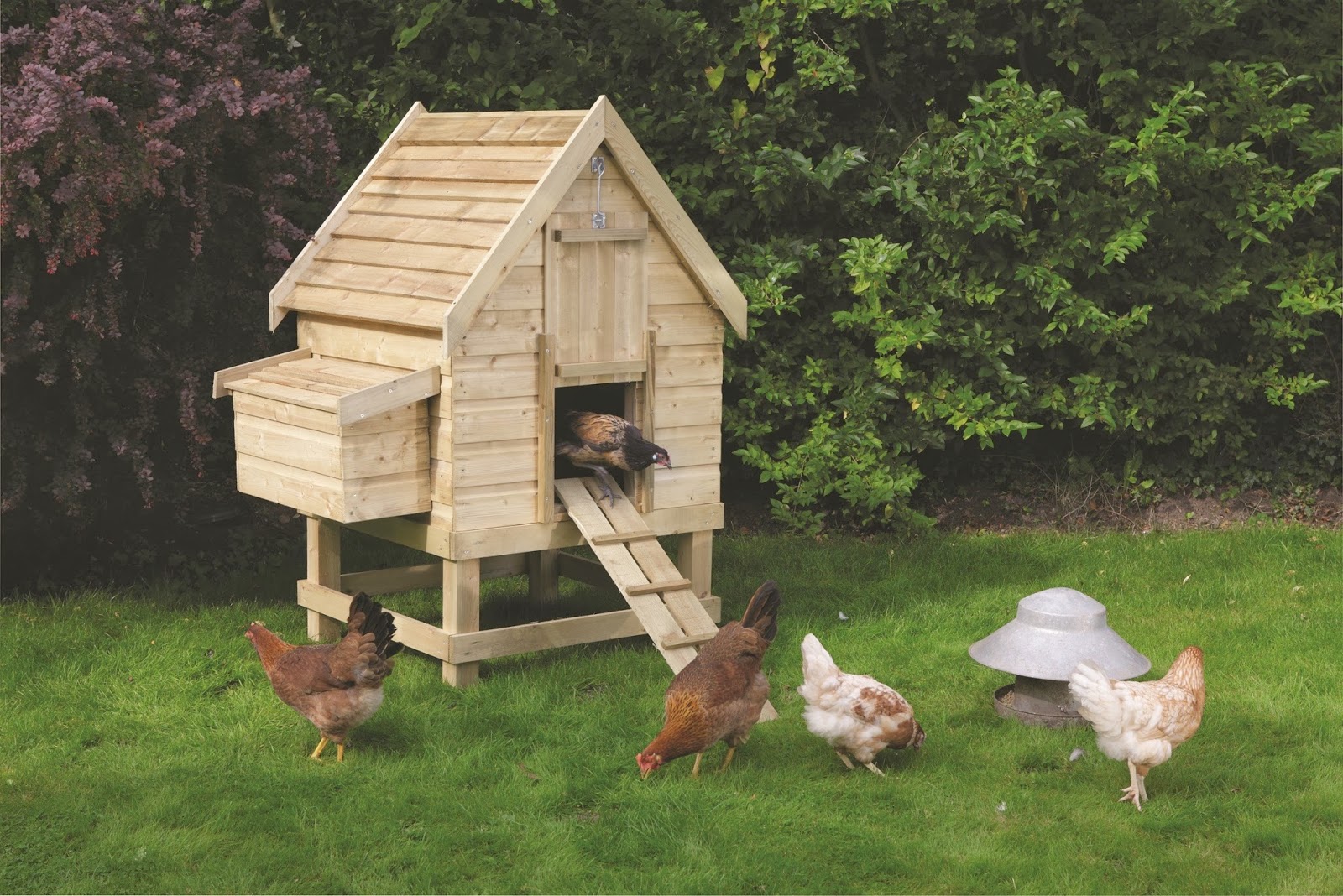Chicken houses play a crucial role in poultry farming, ensuring the health and safety of our feathered friends while optimizing egg production and meat quality. In recent years, the popularity of raising chickens at home has surged, leading to an increased interest in understanding the best practices for building and maintaining chicken houses. This article will delve deep into the essentials of chicken housing, covering everything from design principles to management tips, ensuring that both novice and experienced poultry keepers can benefit.
As the demand for organic and locally-sourced food rises, more individuals are considering starting their own backyard chicken coops. Raising chickens not only provides a fresh supply of eggs and meat but also offers companionship and educational opportunities for families. However, creating an effective chicken house is vital for the success of any poultry venture. This guide aims to provide you with expert insights, authoritative tips, and trustworthy resources to help you create the perfect chicken house.
Throughout this article, we will explore the different types of chicken houses, their essential features, and the best practices for maintaining a healthy environment for your chickens. Whether you're looking to build a simple coop or a more elaborate chicken house, this comprehensive guide is designed to equip you with the knowledge you need to succeed.
Table of Contents
- What is a Chicken House?
- Types of Chicken Houses
- Essential Features of a Chicken House
- Chicken House Design Principles
- Materials for Construction
- Maintaining a Chicken House
- Common Problems and Solutions
- Conclusion
What is a Chicken House?
A chicken house, often referred to as a coop, is a shelter designed to house domestic chickens. The primary purpose of a chicken house is to protect chickens from predators and harsh weather while providing a safe space for them to lay eggs, roost, and socialize. Chicken houses can vary greatly in size, design, and material, depending on the number of chickens being raised and the specific needs of the flock.
Types of Chicken Houses
There are several types of chicken houses, each suited for different needs and circumstances. Here are some popular options:
- Portable Chicken Coops: Also known as chicken tractors, these coops can be moved to different locations, allowing chickens to forage on fresh grass.
- Fixed Chicken Houses: Larger and more permanent structures that provide ample space for a flock and can be equipped with nesting boxes and roosting bars.
- Backyard Chicken Coops: Ideal for small-scale chicken keeping, these coops are designed to fit into residential yards while still meeting chickens' basic needs.
- Commercial Chicken Houses: Designed for large-scale poultry farming, these houses are often equipped with automated systems for feeding, watering, and waste management.
Essential Features of a Chicken House
When designing or choosing a chicken house, it's essential to consider the following features to ensure the health and productivity of your flock:
- Ventilation: Proper airflow is crucial to prevent respiratory issues and maintain a comfortable environment.
- Predator Protection: Ensure the house is secure against common predators like raccoons, foxes, and birds of prey.
- Space: Provide adequate space for each chicken. A general rule is 4 square feet per chicken inside the coop and 10 square feet per chicken in an outdoor run.
- Nesting Boxes: Provide nesting boxes for hens to lay eggs, typically one box for every 3-4 hens.
- Roosting Bars: Chickens prefer to sleep off the ground, so include roosting bars for them to perch on at night.
Chicken House Design Principles
The design of a chicken house is crucial for promoting the well-being of your chickens. Here are some principles to consider:
1. Orientation and Location
Choose a location that receives ample sunlight and is sheltered from harsh winds. Avoid placing the coop in low-lying areas where water may accumulate during rain.
2. Size and Layout
Determine the number of chickens you plan to raise and design the layout accordingly. Ensure there is enough space for all chickens to move comfortably.
3. Accessibility
Design the chicken house for easy access to feeding, cleaning, and egg collection. Consider adding a door or hatch for the chickens to enter and exit freely.
Materials for Construction
Choosing the right materials for your chicken house is essential for durability and safety. Here are some common materials:
- Wood: A popular choice for chicken houses, wood provides good insulation and can be easily customized.
- Metal: Metal coops are durable and resistant to pests but may require additional insulation.
- Plastic: Lightweight and easy to clean, plastic coops are becoming increasingly popular for backyard chicken keeping.
Maintaining a Chicken House
Regular maintenance is key to ensuring the health of your chickens and the longevity of your chicken house. Here are some tips:
- Clean the coop regularly to prevent the buildup of waste and parasites.
- Check for and repair any damage to the structure.
- Monitor the health of your chickens and ensure they have access to clean water and food.
Common Problems and Solutions
Even with the best planning, issues can arise in chicken keeping. Here are some common problems and their solutions:
- Pest Infestations: Use traps or natural repellents to manage pests such as mites and rodents.
- Health Issues: Monitor your flock for signs of illness and consult a veterinarian if needed.
- Egg Production Drops: Assess environmental factors such as light, nutrition, and stress levels if egg production declines.
Conclusion
In summary, chicken houses are an essential aspect of poultry farming that plays a vital role in the health and productivity of your flock. By understanding the types, features, and best practices for maintaining a chicken house, you can create a safe and comfortable environment for your chickens. Whether you're a seasoned poultry keeper or just starting, the knowledge gained from this guide will help you make informed decisions in your chicken-raising journey. Don't hesitate to leave a comment, share this article, or explore more content related to chicken keeping!
We hope this guide has provided valuable insights into the world of chicken houses. Happy chicken keeping, and we look forward to seeing you back for more informative articles!
Ding Dongs Cake: The Irresistible Chocolate Delight
Sheryl Lee: The Life And Career Of A Talented Actress
Blue Ridge Cable Customer Service: Everything You Need To Know


